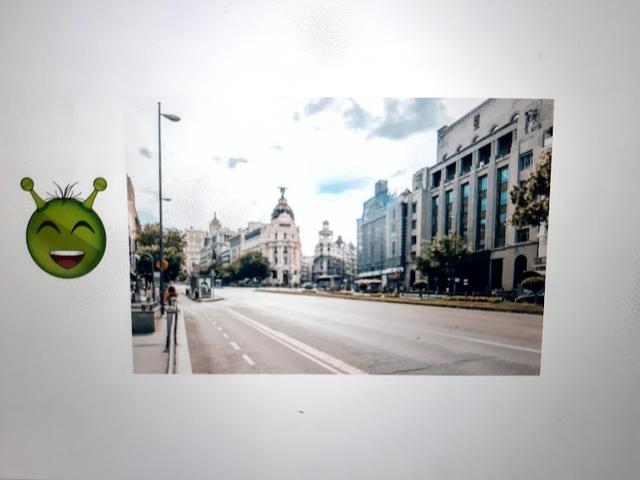Myths about teaching can hold you back
- Year 5
Describing the places in town
In this lesson, we will use adjectives to describe places in the town in the masculine and feminine and then will put all our learning of the unit together to create a triarama. Please note this lesson will require some additional equipment, beyond a pen, pencil or paper, to fully participate. Please see the equipment slide near the start of the lesson video and make sure your child is adequately supervised if equipment is required.
- Year 5
Describing the places in town
In this lesson, we will use adjectives to describe places in the town in the masculine and feminine and then will put all our learning of the unit together to create a triarama. Please note this lesson will require some additional equipment, beyond a pen, pencil or paper, to fully participate. Please see the equipment slide near the start of the lesson video and make sure your child is adequately supervised if equipment is required.
These resources will be removed by end of Summer Term 2025.
Switch to our new teaching resources now - designed by teachers and leading subject experts, and tested in classrooms.
These resources were created for remote use during the pandemic and are not designed for classroom teaching.
Lesson details
Key learning points
- describing the places in town
- conjunctions (y, pero, también, sin embargo, porque)
- intensifiers (muy bastante)
- ser (es, no es)
- definite articles (el, la)
Licence
Loading...
Some of our videos, including non-English language videos, do not have captions.
5 Questions
Q1.Which of these is a place in town?
Q2.How might you go to the park?
Q3.Which sentence best matches the picture?

Q4.No me gusta mi pueblo ___________ no es interesante. Fill in the missing conjunction:
Q5.How would you say: I love my town because it is quiet and very clean, in Spanish?
5 Questions
Q1.Which sentence best describes the picture?

Q2.Which sentence best describes this picture?


